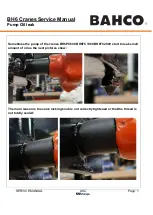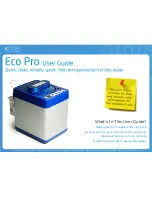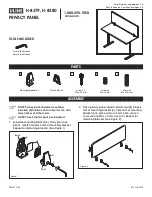
NSG 438
37
7
Test procedures
Test standards, such as IEC / EN 61000-4-2 (2001) for example, give
detailed information about the assembly of the test rig, the associated
organization, the EUT itself and the documentation.
7.1.
Standard-compliant procedures
The ESD Simulator system type NSG 438 is constructed in ac-cordance
with the requirements called for in the standard and is calibrated in a
standard-conform manner.
The test engineer is duty-bound to study the relevant test requirements
and adapt the facilities to suit the EUT in question.
The necessary documents can be obtained directly from the offices of
CENELEC (www.cenelec.org), the IEC (www.iec.ch), the ANSI
(www.ansi.org), the IEEE (www.ieee.org) etc., or they are available from
national standards bureau.
7.2.
Other situations
It is not always possible to arrange a test rig in exact conformity with the
relevant standards. However, by abiding by some basic rules, it is still
possible to obtain meaningful assessments of a EUT’s sensitivity to
interference and to obtain valuable pointers to improving its immunity.
An electrostatic discharge is always associated with high frequency
properties, which extend well above the 1GHz range. Screening, earthing
and filtering measures must therefore also be effective up into this range of
frequencies.
The possible paths the pulse energy might take need to be thought about.
It is absolutely essential the pulse return path is fed back through the
generator’s earth cable.
The Contact-Discharge method is to be preferred over the Air-Discharge
method.
The former must, however, be arranged so that true metal-to-metal contact
with the EUT is achieved.















































